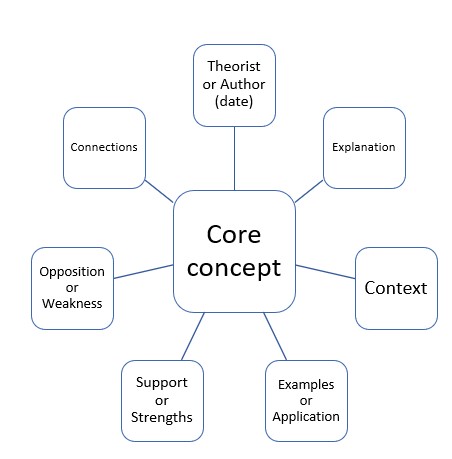- What is a take-home exam?
- Preparing for the take-home exam
- Writing the take-home exam
- Webcast: Preparing for the Take-Home Exam (2017)
What is a take-home exam?
Protect your Academic Integrity
All work you submit for credit must be individual, original, and free from unearned advantage.
For a take-home exam, it is important that you understand what materials or supports you can access as you plan, write, and revise. Some professors may permit students to access support from Academic Skills for a take-home exam. With express, written permission from the course instructor, Academic Skills instructors can offer feedback on your grammar and organization (not content) in a take-home exam. See our policy on take-home exams. It is important to take note of your professor’s exam instructions and ask for clarification if you need it.
It is also important to note that you should not be posting or accessing exam questions or responses to questions on sharing sites. Learn more about the Academic Integrity Policy and How to Protect your Academic Integrity in Online Learning.
Preparing for the take-home exam
In addition, review and preparation
- Reinforce your comprehension of course themes and content
- Foster your critical thinking about concepts, practical applications, and connections between ideas
- Help you to identify and organize key details and evidence that you will integrate into your responses
- Minimize the stress and frustration you experience when you encounter unfamiliar material or questions on the exam.
Preparation Strategies
Start with the Syllabus
Review Course Content
Finally, review your study notes and look for connections between weekly units, topics, or modules
- What are the broader themes? How do you see these themes in different weekly topics?
- Use discussion questions and learning objectives to consider how each module addresses them.
- Create your own exam questions; consider what ideas and evidence you would use in your response to practice synthesizing material from the course.
Sample Study Chart
Sample Mind Map
- Theorist or Author (include date)
- Explanation of Concept
- Context for Concept
- Examples or Application
- Support or Strengths
- Opposition or Weakness
- Connections
Summary Sample
Writing the Take-home Exam
Analyze the Question
- Read the question closely 2 or 3 times and break it down into parts:
- Understand the instructions. What are you being asked to do? Consider the meaning of the verbs: examine, assess, discuss, compare, argue, identify. Read more about analyzing free response questions on an exam.
- Carefully consider the topic or key words. Take time to define them based on course content and context.
- Acknowledge guidelines for each question: mark allocation, length requirements, relevant topics or authors, etc.
Plan your Response and Use your Notes
Use Details and Organization to Demonstrate your Thinking
Revise your Work: Don't submit the first draft
- Revise for higher order concerns: Do you state a clear thesis or point that is supported by specific evidence from the course? Do you demonstrate analysis and critical thinking about course themes?
- Revise for lower order concerns: Is your writing clear and grammatically correct? Have you included citations for all ideas that are not your own?
Student Accessibility Services has a great list of technical Tips for Take-home Exams and Online Learning


